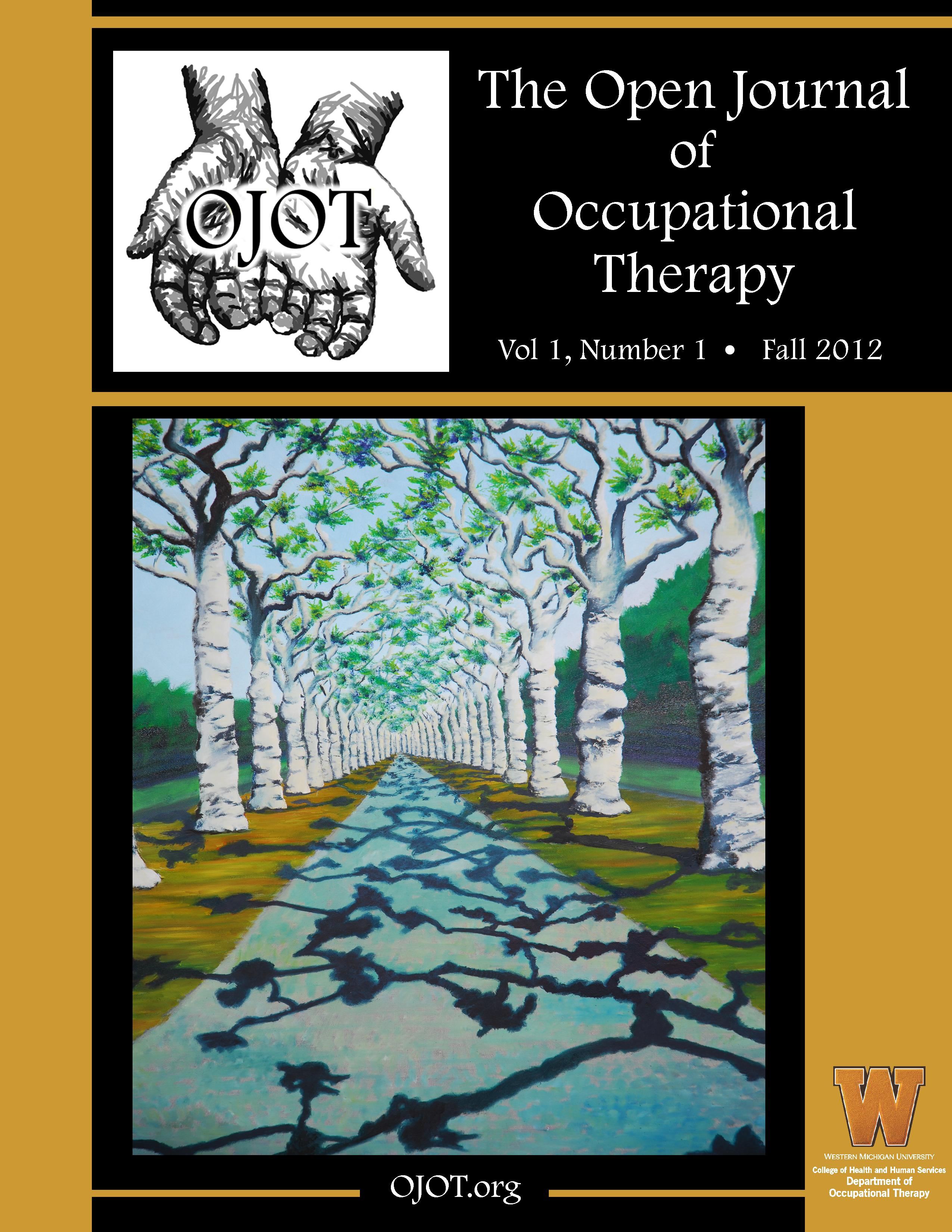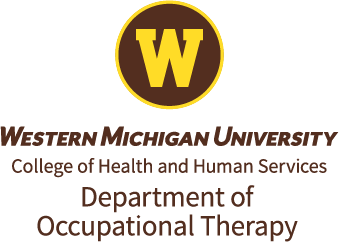ScholarWorks > HHS > OT > OJOT > Vol. 12 > Iss. 4 (2024)
Credentials Display
Linda R. Struckmeyer, PhD, OTR/L, FAOTA
Anna Baird-Galloway, OTD, OTR/L, MT-BC
Abstract
Background. Quality, evidence-based health care practice and research is guided by theory; therefore, theory should be one of the first courses in health care professional curriculums. Signature andragogical methods of case-based learning, small and large group discussion, active learning, and self-reflection developed the teaching and learning activities to teach the occupational adaptation (OA) model in this study.
Methods. A mixed-methods design of qualitative open-ended questions and quantitative survey were used to measure student understanding and application of theoretical concepts. The lab assignment integrated andragogical methods, the use of the Relative Mastery Measurement Scale (RMMS) for individual and social adaptation, and further reflection of the benefits of the lecture.
Results. Fifty-four occupational therapy doctoral students participated in the study. Themes related to the student experience and understanding. On the exam, more than 80% of students identified applicable uses of OA to case scenarios. An average of 74.4% was determined for correct responses to those five questions. The discrimination index was averaged for those five questions, resulting in a +0.28.
Conclusion. This paper describes how one entry-level doctoral occupational therapy program teaches OA using evidence-based teaching methods. Student feedback and learning for this course was positive.
Recommended Citation
Struckmeyer, L. R., & Galloway, A. B. (2024). Teaching Occupational Adaptation Using Constructs of the Model. The Open Journal of Occupational Therapy, 12(4), 1-11. https://doi.org/10.15453/2168-6408.2253



Comments
The authors declare that they have no competing financial, professional, or personal interest that might have influenced the performance or presentation of the work described in this manuscript.